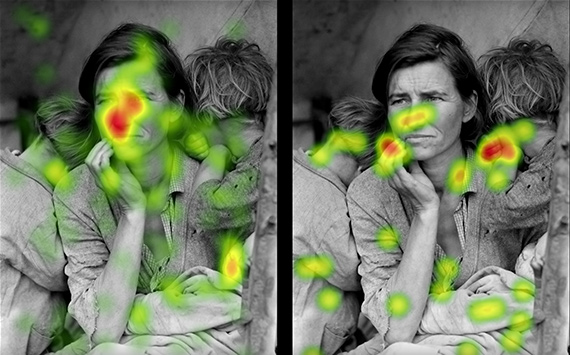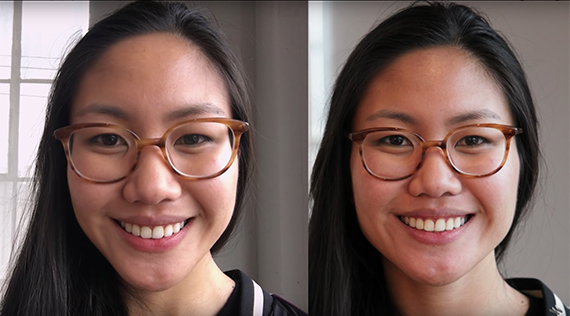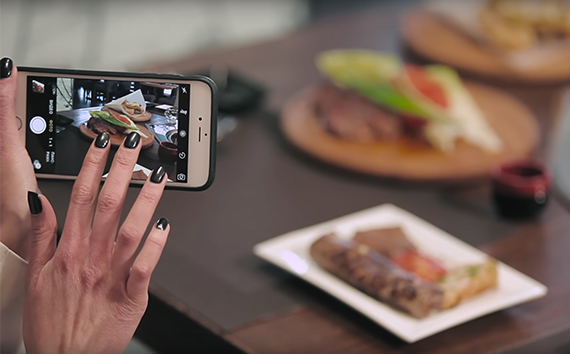It’s no secret that the way we take photographs has changed dramatically over the past few decades. Gone are the darkrooms and carefully composed film reels of yesteryear. With the ability to take an image instantly, the way in which we go about photography has changed. But did you know that our smartphone cameras have also changed the way we look at our surroundings? Wired takes a deep dive into the science and psychology of modern photography:
The exponentially increasing capacity of our smartphones has made it possible for a large portion of the population to have a working camera in arms reach at all times. Naturally, that’s had a huge impact on how we make and think about photographs. Here are just a few examples of how iPhoneography has impacted our psyches.
Selfies don’t do a very good job of showing how we actually appear to others.
Almost all of us are guilty of using filters and touch-up apps from time to time. After all, selfies are supposed to show us off at our best. But selfies can actually warp the way that you view yourself.
Our smartphone cameras can’t capture the world precisely the way we see it due to lens distortion. Normally, this distortion is pretty difficult to detect. However, it becomes more apparent the closer the camera is to the subject. Studies from Rutgers and Stanford University revealed that a selfie taken from about a foot away makes our noses appear about 30% wider than they actually are.
These numbers may not seem significant, but many of us pick up on that distortion and apply it to our mental self-image. Additional studies have revealed that taking selfies can diminish confidence and create anxiety.
Stopping to take a photograph affects our memories and experiences both positively and negatively.
In particular, taking a picture can detract from the way we remember non-visual experiences.
The reason for this? We get caught up in something known as “self-presentational concern”. In short, we become less attached to a moment when we start to worry how others will interpret our experience. While that slice of pizza you snapped my have looked delicious, it’s going to be harder to remember how it actually tasted if you spend the moment focusing on how you’re going to frame it for Instagram.
On the other end of the spectrum, the act of taking a photograph can positively impact an experience if we can separate it from the act of sharing. According to NYU professor Alixandra Barasch, taking a photo for yourself in the moment can immerse you deeper into an experience and increase the pleasure you derive from it.
Photographers don’t view their surroundings in the same way non-photographers do.
It’s true that many photographers have an eye for creativity, but you may be surprised to find that photographers literally look at the world a little differently. Using specialized glasses that track a user’s eye movements, Wired sent a journalist out with photographer Chris Burkard to check out some exhibits at the San Francisco Exploratorium.
Their findings revealed that the journalist composed and viewed the exhibitions through the lens of his phone, focusing on his screen rather than the surroundings in front of him. Burkard, on the other hand, carefully scanned and scouted the exhibit before pulling out his camera.
In another experiment, the two men were tasked to take a look at Dorothea Lange’s iconic Migrant Mother portrait. The two graphs below reveal the differences in where the two focused their attention.

Heat Map from Journalist (left) vs. Photographer (right)
Digital photography is here to stay, for better or for worse. Only time will tell how its presence will impact us in years to come.
Like This Article?
Don't Miss The Next One!
Join over 100,000 photographers of all experience levels who receive our free photography tips and articles to stay current:








Leave a Reply